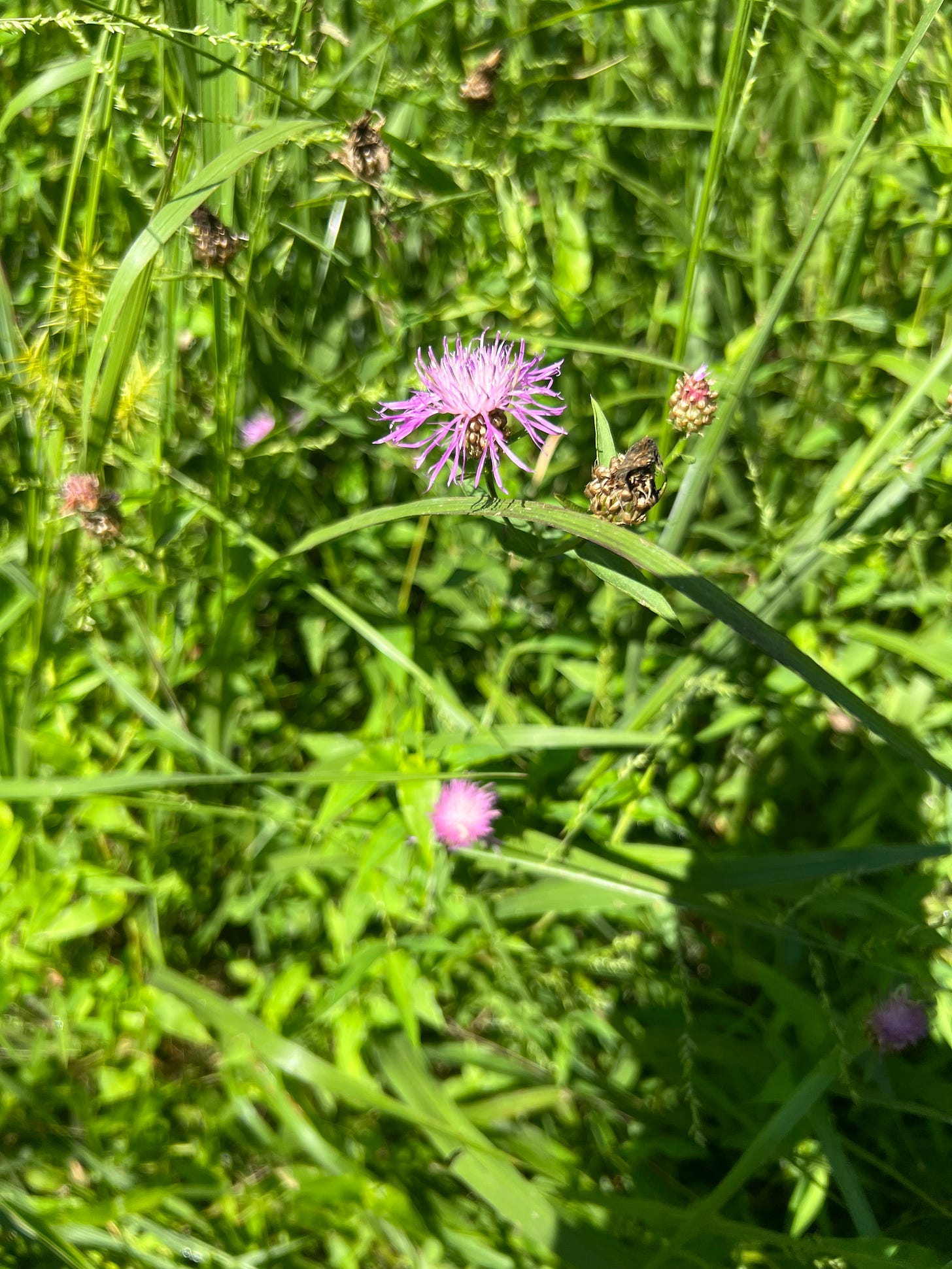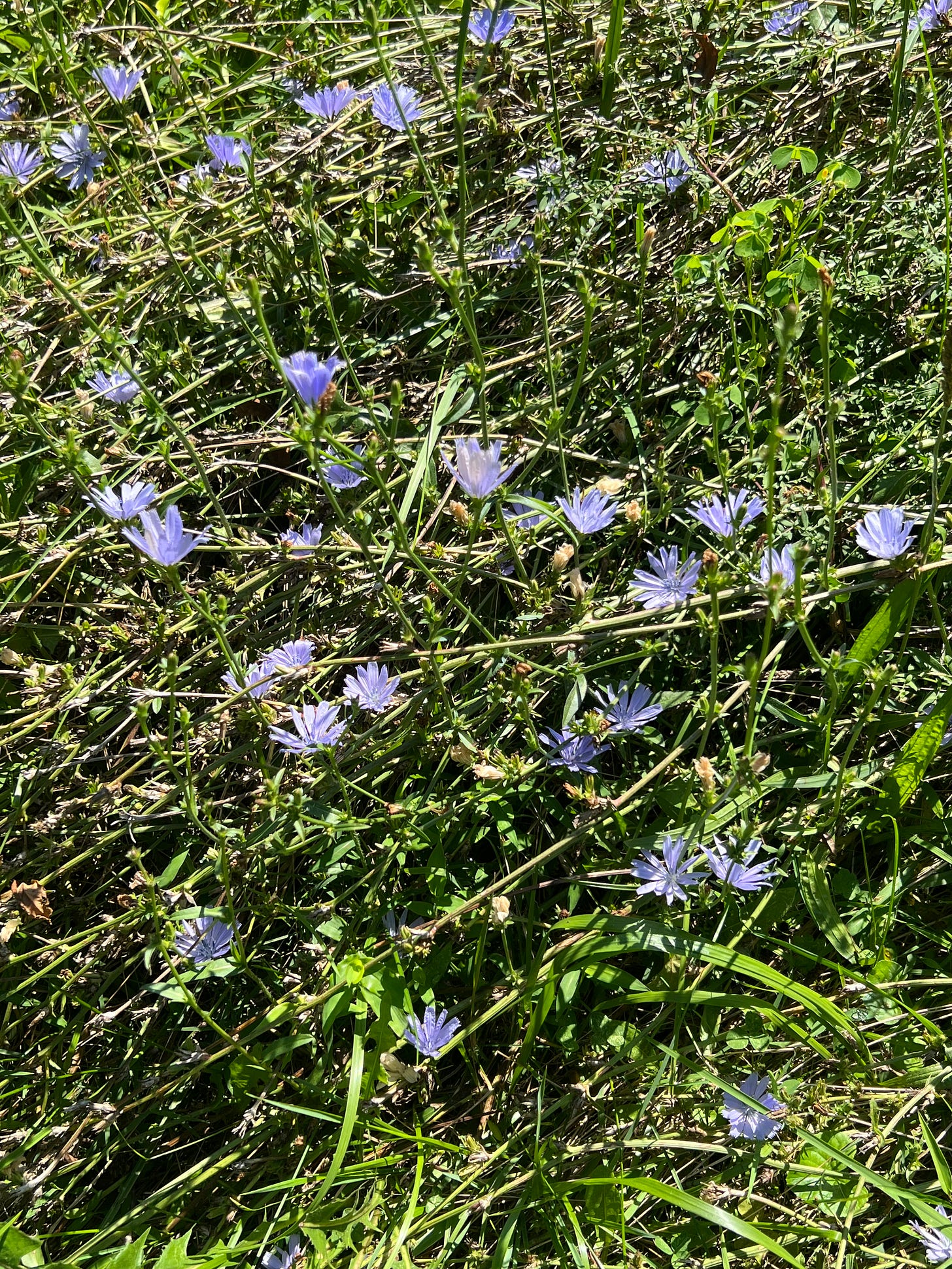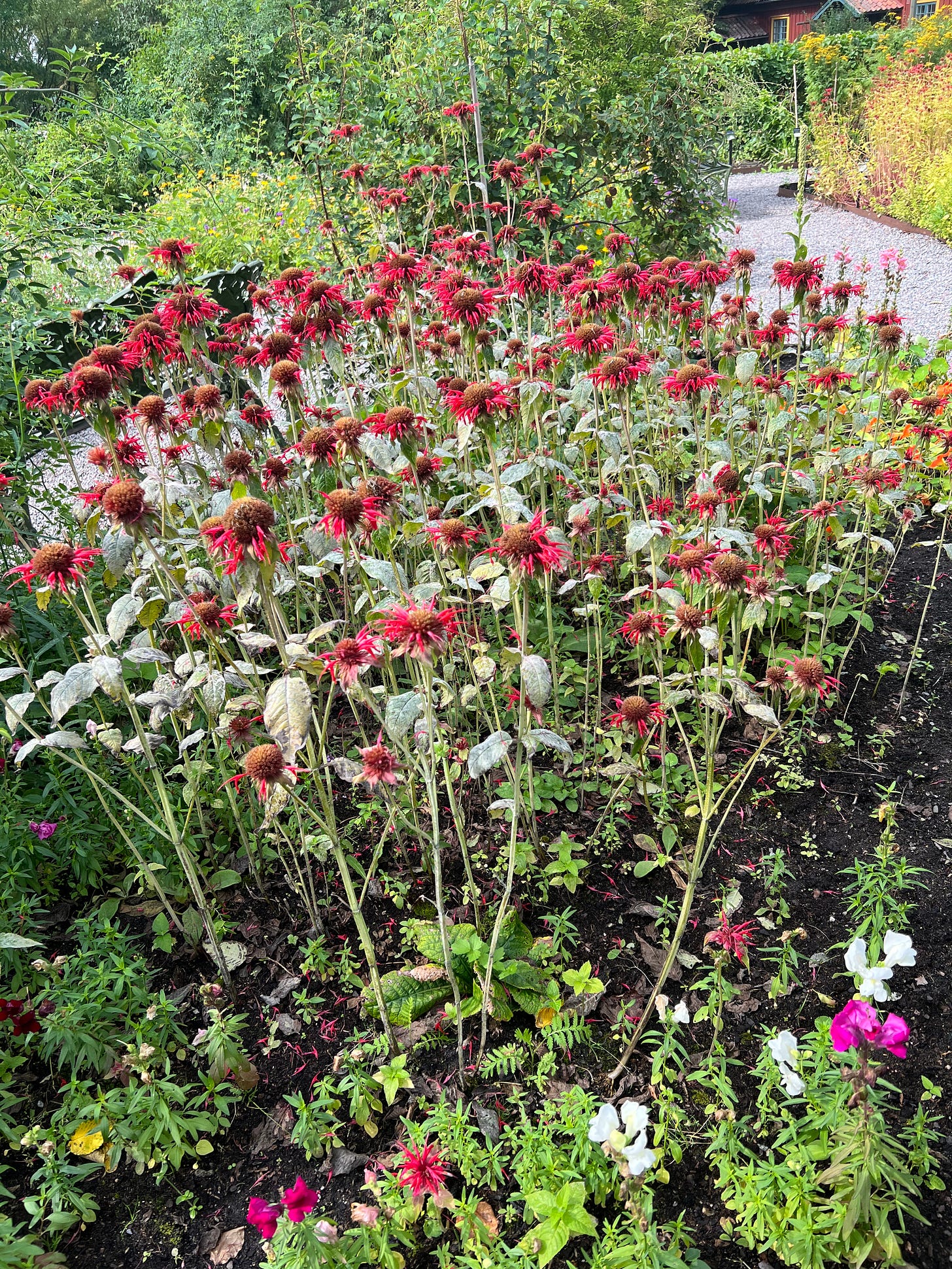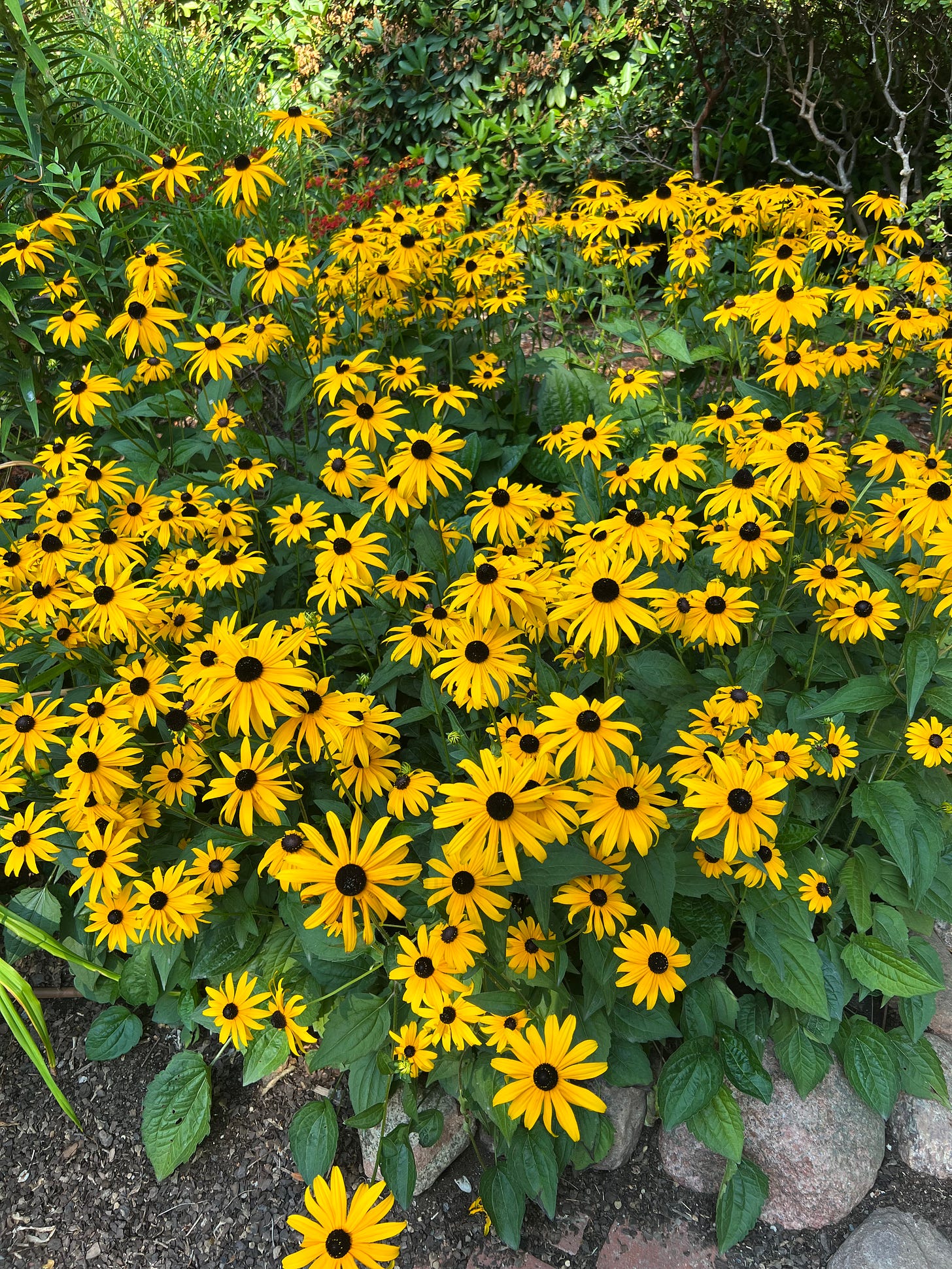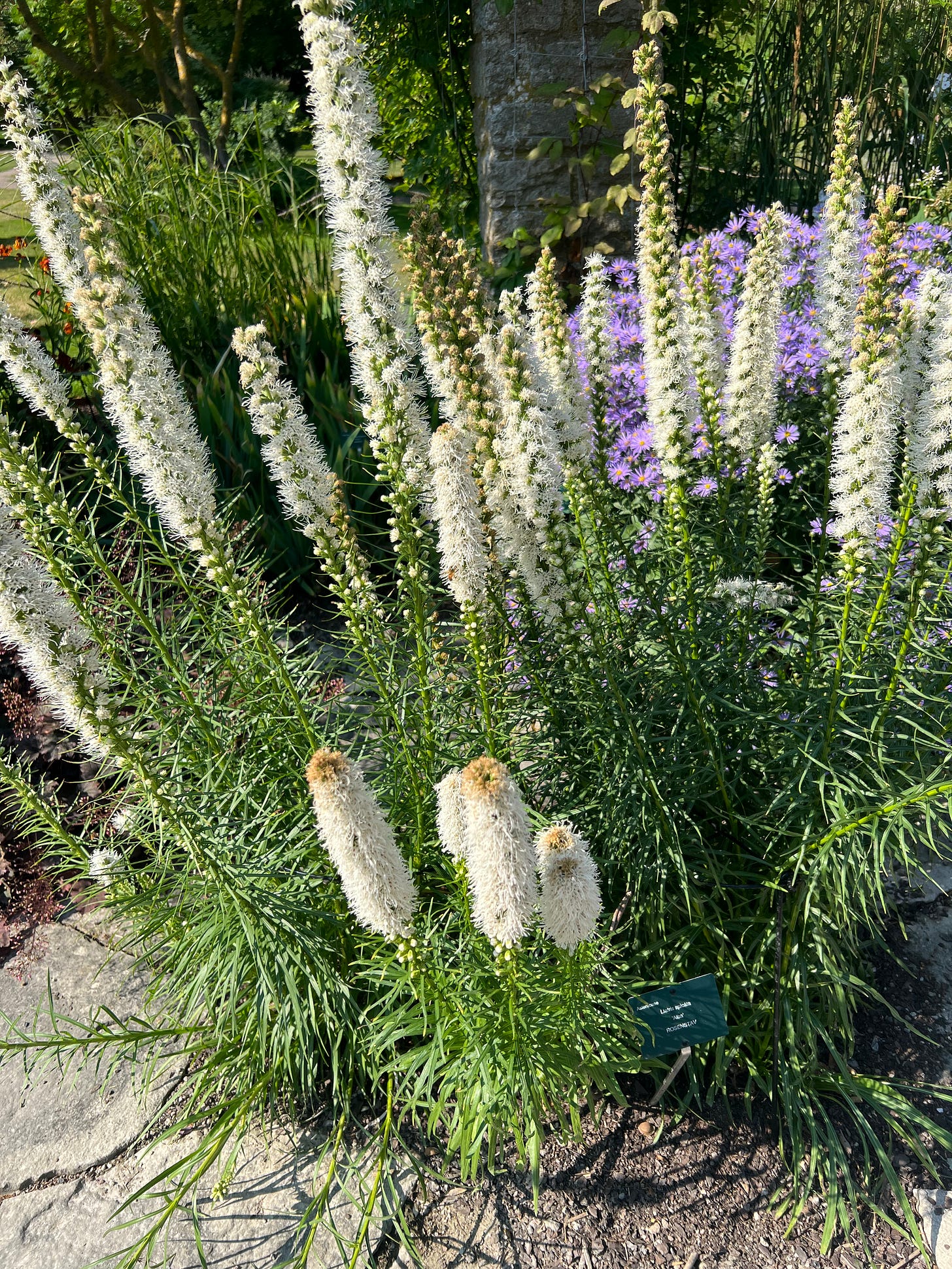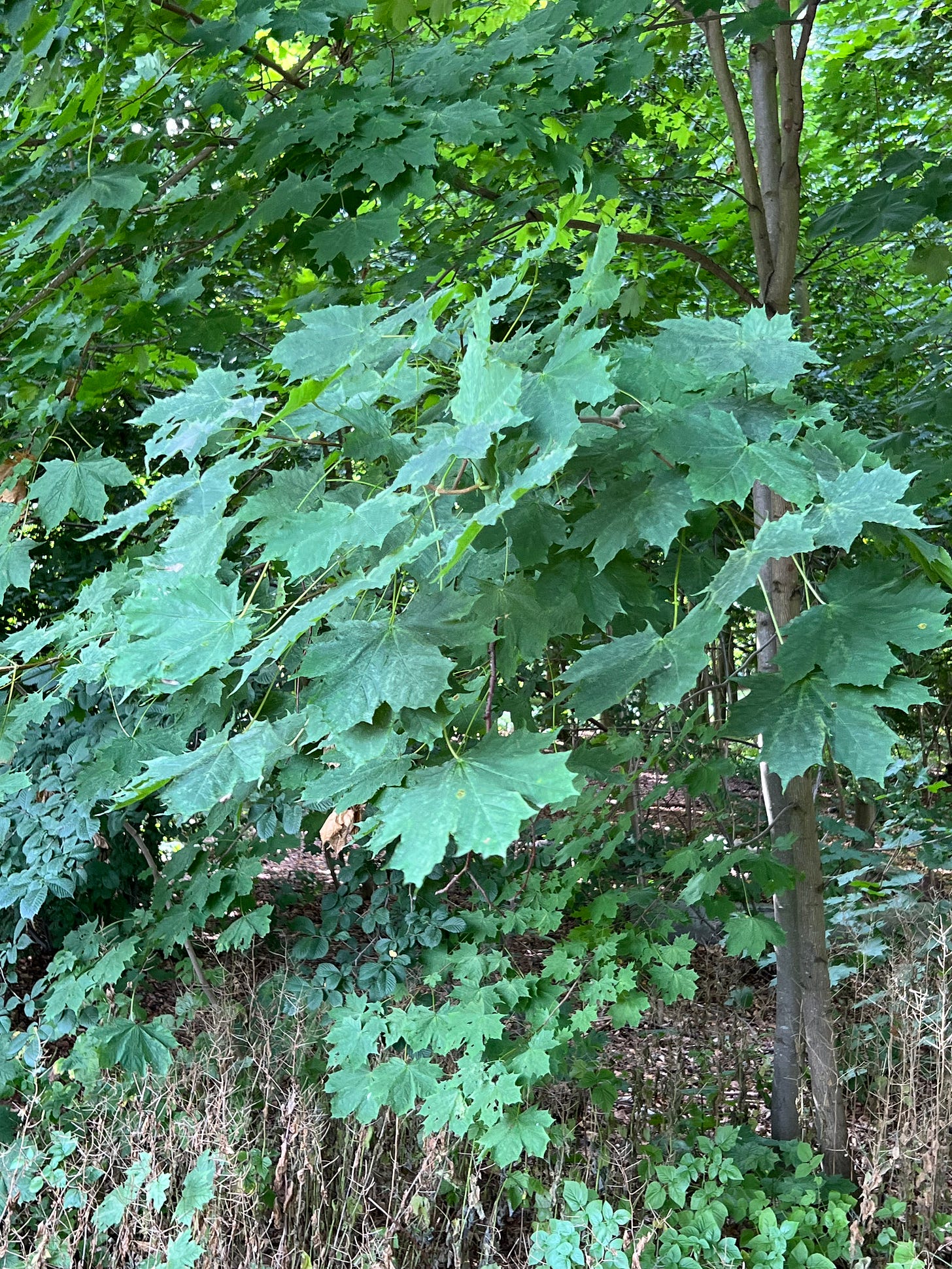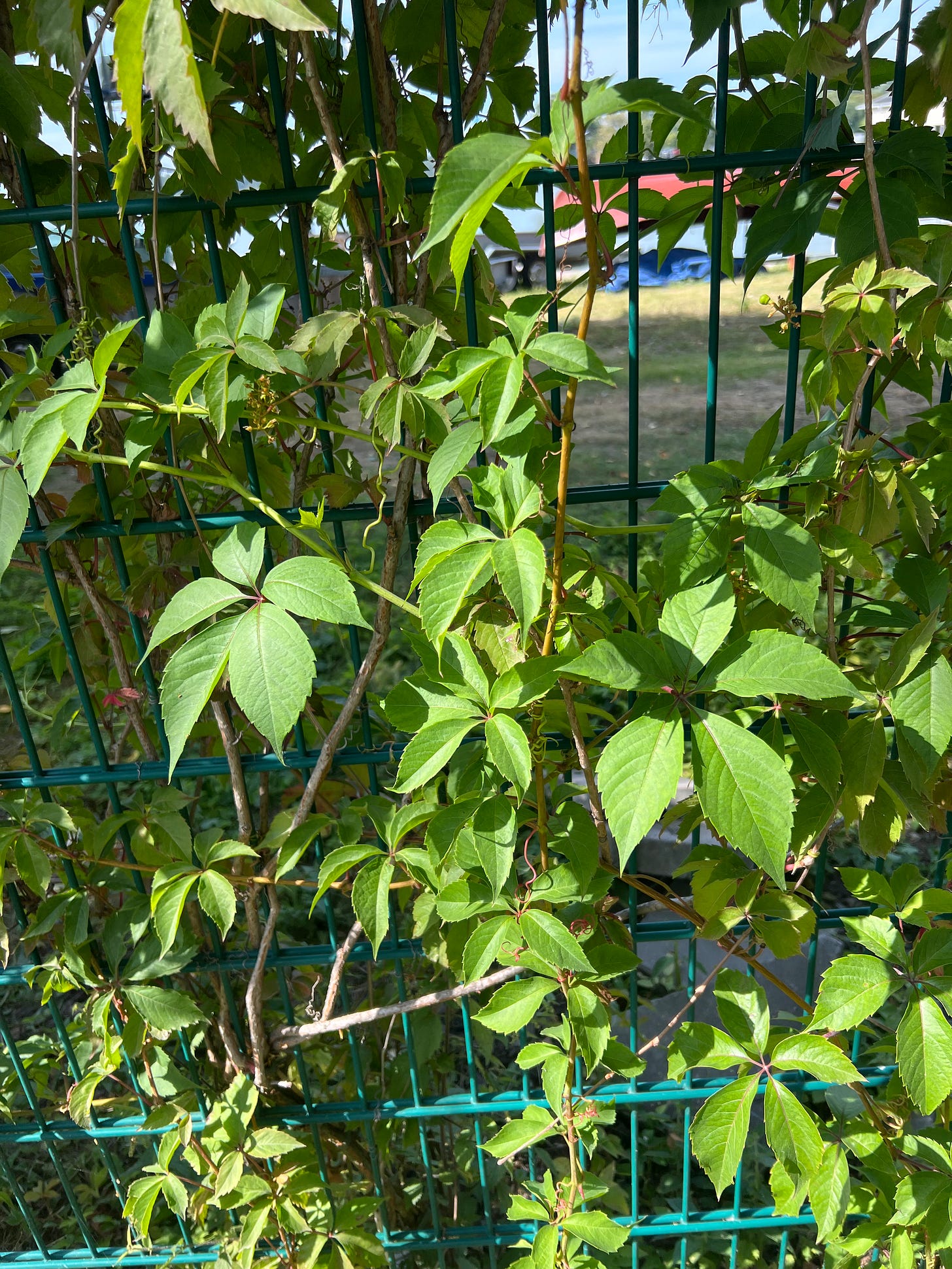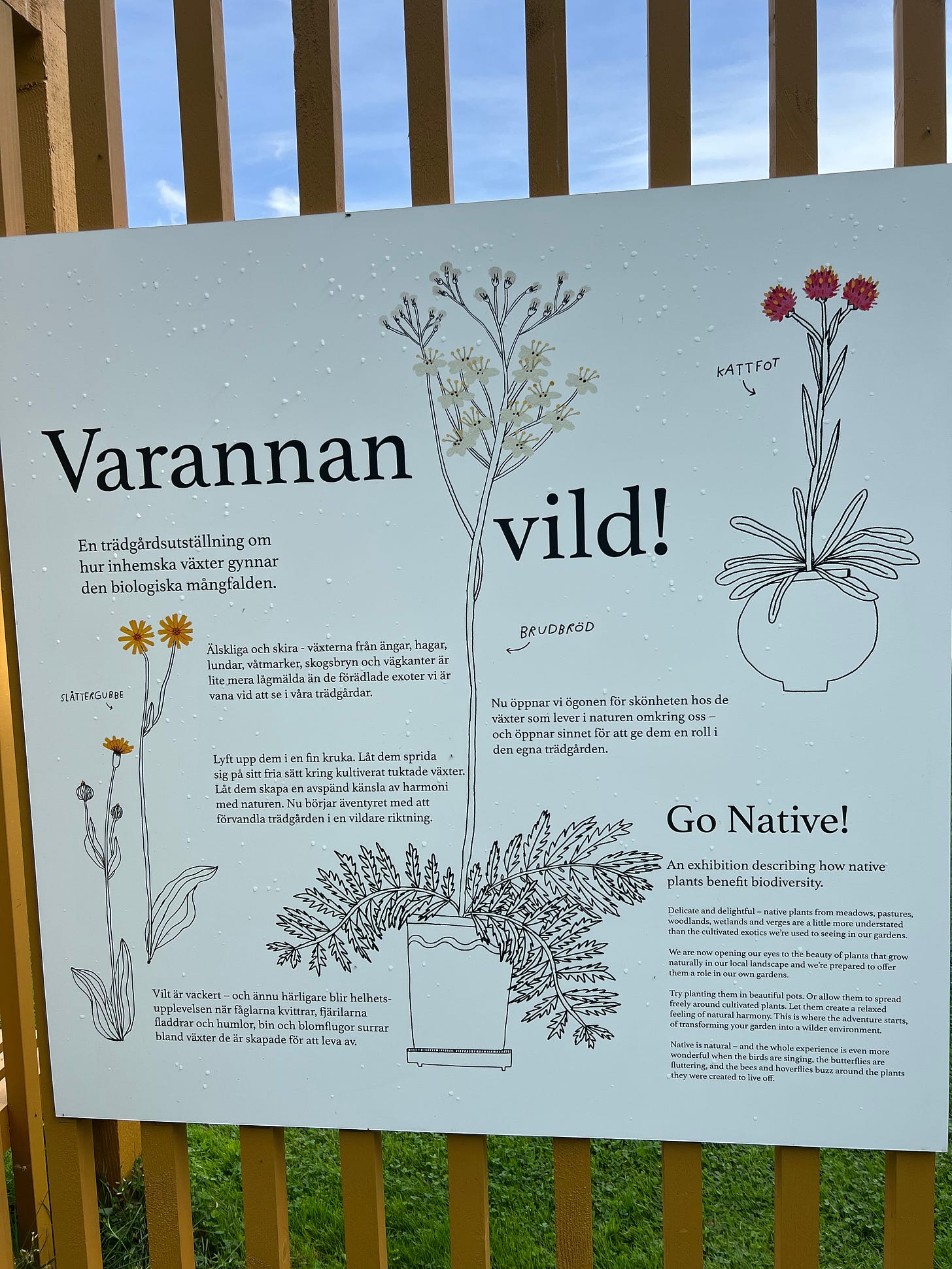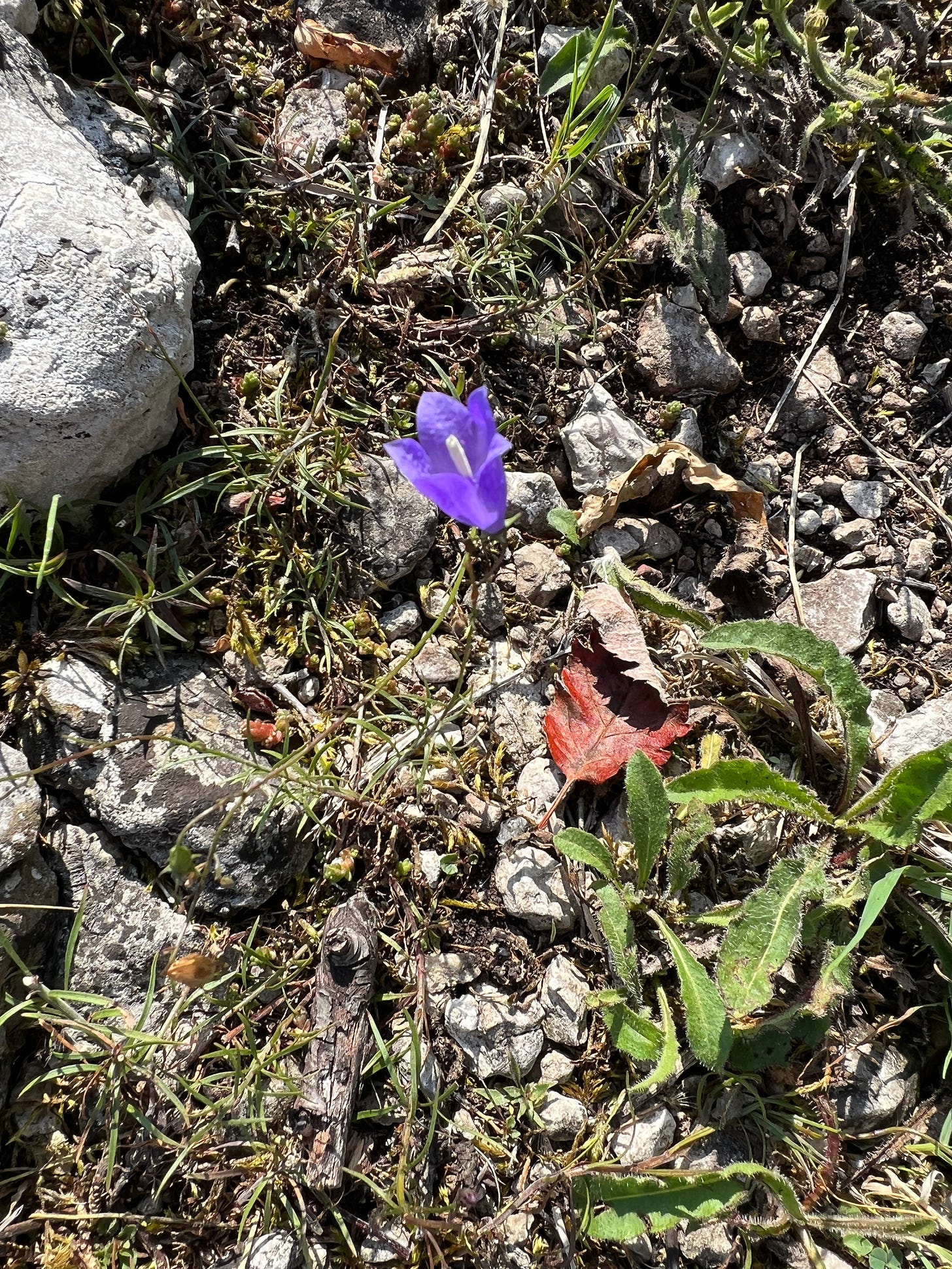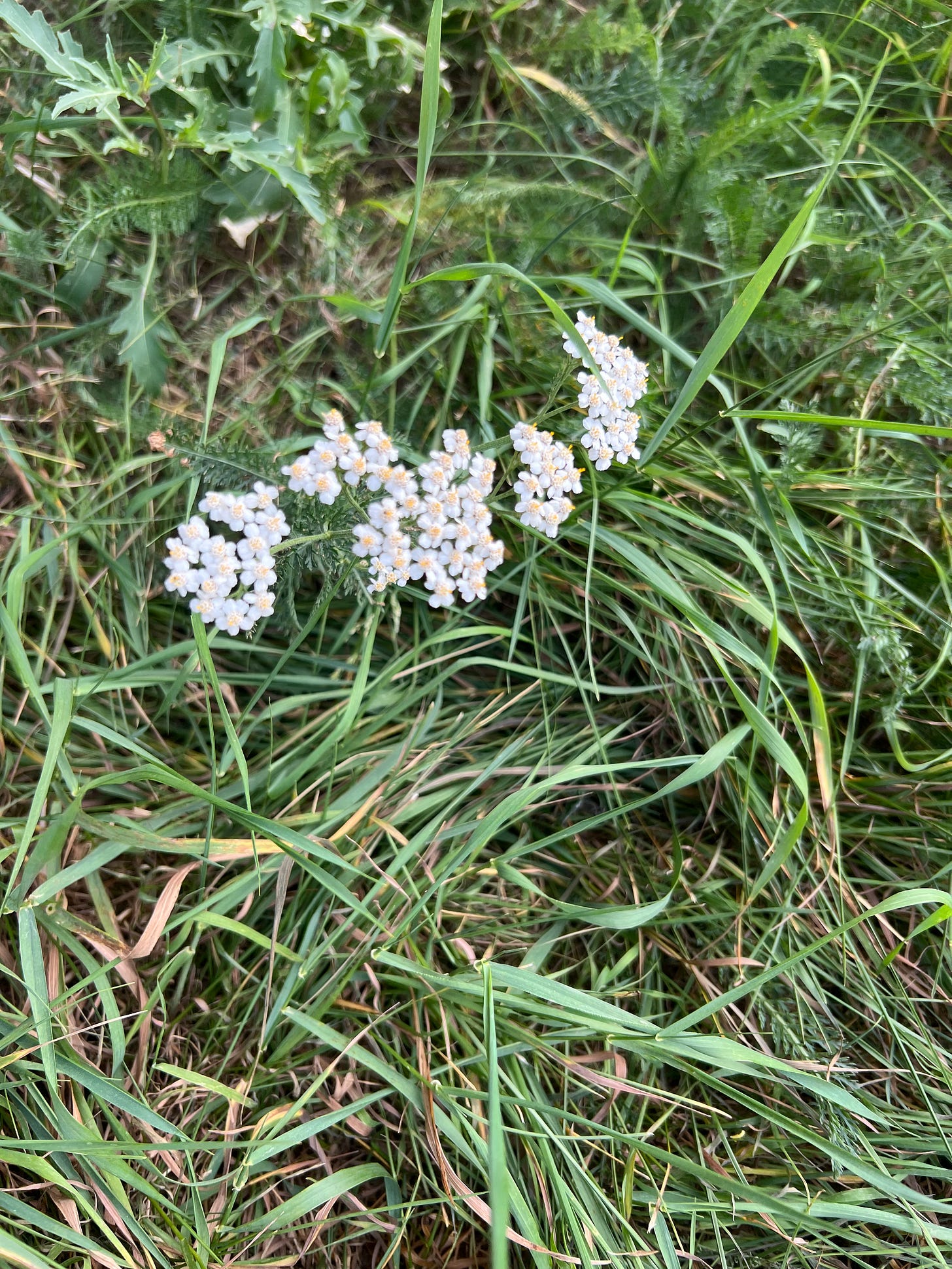American Invaders
Puddock Hill Journal #20: On a recent visit to the Baltics, I spotted our native plants away from home, not always behaving.
You didn’t hear from me last week because Pam and I went off on a two-week Baltic cruise with her mother and some friends. The prior week’s newsletter, in case you’re wondering, was teed up before I left.
If you’re a gardener, you know how hard it can be to leave home in summer. We pictured weeds overtaking the raised beds during our absence (they turned out not to be too bad) and worried about how much rain would fall (enough to maintain the status quo, as it turned out).
As for what lay before us, we didn’t go abroad to look at gardens or nature per se, so I didn’t focus on the green things at first. Our itinerary went from Copenhagen to Riga to Talinn to Helsinki to Stockholm to Visby, Sweden (a charming old city on the island of Gotland), to Klaipeda, Lithuania, to Gdynia, Poland (near Gdansk) to Helsingborg, Sweden, and finally to Bruges in Belgium. I won’t bore you with the tourist pics, but suffice to say it was primarily a cultural trip. As such, we tasted some interesting food (and some very good food), stopped in a few museums, walked many cobblestoned streets, gawked at old buildings, and paused to contemplate the often grim history around us.
In the past thousand years, as you may know, Baltic people rarely had the opportunity for self government, and in more modern history this fact was most attributable to the territorial designs of Germans and Russians. As the Russian wounds are fresher and, given the unprovoked invasion of Ukraine, impossible to put fully in the rearview mirror, our local guides did not hold back their disgust with their Russian neighbors. The general attitude evoked what William Faulkner said about the American South: “The past is never dead. It’s not even past.”
All of which is to say, it took me some time to focus on the flowers.
But after a while I started paying more attention, and I soon noticed some familiar plants. Growing as a weed along highways, I saw Spotted knapweed (Centaurea stoebe), a happy native in Europe that is considered invasive in the American West. It does seem to behave itself by the big pond at Puddock Hill, however. Here it is there:
In Copenhagen parks (and later elsewhere) we noted Chicory (Cichorium intybus) growing wild. It is native to Europe as well as Asia and Africa and is a common roadside weed in the American Northeast. We’ve had so much of it growing at home this summer that I wonder whether it’s becoming invasive, but it has not been officially designated as such. Here it is in the sloping meadow at Puddock Hill:
No doubt, a deliberate hunt for European natives now endemic in the United States could have filled days. More interesting to me was finding our native plants intentionally featured in many parks throughout the Baltics. This planting bed in Riga included our native Coneflower (Echinacea sp., lower left) and Black-eyed Susan (Rudbeckia hirta, center right):
In a Stockholm park we came across our native Bee balm (Monarda sp.), beset by powdery mildew, which gave me flashbacks to our frustrating experience trying to grow this perennial in northern Westchester County, New York, many moons ago:
In the Visby botanic garden, our native Black-eyed Susan looked lusher than it does at home:
Amazingly, mature Agave plants grew in the same garden, apparently tolerating average high temperatures in the mid-thirties Fahrenheit in winter, with occasional lows in the teens. (By the way, Daniel Gabriel Fahrenheit was born in Danzig, now Gdansk, Poland, where we saw a monument to him.)
Alongside more Coneflowers, our native Coral bells (Heuchera sp.) and Gayfeather (Liatris sp.) also thrived. Here’s the Liatris:
In Palanga, Lithuania, it was more Black-eyed Susan…in Helsingborg more Coneflower, as well as our native Sunflowers (Helianthus sp.), Phlox and Joe Pye Weed (Eutrochium sp.). I began to wonder whether our No. 1 export is something much prettier than the iPhone.
For my North American readers, these pictures may seem ordinary. But the people who planted them in Baltic gardens thousand of miles from their native range no doubt find them delightfully exotic, as we deem the showy Asian plants we have imported for decades
The point of being a backyard steward is not to deny the beauty of non-native species but to understand that this is a meretricious trade into which we have been seduced to the point of self-harm.
Here is a perfectly benign branch of Norway maple (Acer platanoides) growing in Helsingborg, Sweden, in its native range:
It’s a lovely tree there, common but not dominant. Here it is also a lovely tree but does not play well with others. The New York Invasive Species Information website explains the problem: “Due to the dense canopy of Norway maples, forest diversity is starting to decline because the excess shade they create inhibits the regeneration of sugar maples and other native seedlings. The shallow root system makes growing difficult for other native shrubs and wildflowers in the understory.”
In the interstitial space between a park in greater Helsinki and a nearby boatyard, I found Virginia creeper (Parthenocissus quinquefolia) clinging to a fence:
We later saw it in many neglected patches in multiple countries.
A native of the eastern half of North America, at home it provides winter sustenance for “chickadees, nuthatches, mockingbirds, catbirds, finches, flycatchers, tanagers, swallows, vireos, warblers, woodpeckers, and thrushes,” according to the Lady Bird Johnson Wildflower Center, as well as hosting the larvae of several species of native sphinx moths.
In parts of Europe and China, however, it is an invasive plant. The Invasive Species Compendium describes its behavior as “forming dense blankets of foliage that shading-out [sic] herbs, shrubs, and trees in the canopy and understory.” Sounds like our invasive English ivy, Porcelainberry or Kudzu, doesn’t it?
The Scandinavians at least have got religion on this subject. I read recently that Finland places No. 1 in execution of the UN’s Sustainable Development Goals. In Helsingborg we visited Fredriksdal, a garden that dedicated itself to promotion and preservation of native plants long before it was fashionable to do so. This sign could easily fit in at Mt. Cuba Center:
Funny enough, one of the first plants we identified there was Purple loosestrife (Lythrum salicaria), a native for them but listed in Pennsylvania as a noxious weed “capable of forming a mono-culture in all wetland habitats, displacing native or beneficial wetland plants.”
One man’s flower is another man’s bane.
Perennial wall-rocket (Diplotaxis tenuifolia) in Visby, Sweden:
Harebell (Campanula rotundifolia), I think, also in Visby:
Yarrow (Achillea millefolium) in Klaipeda, Lithuania:



